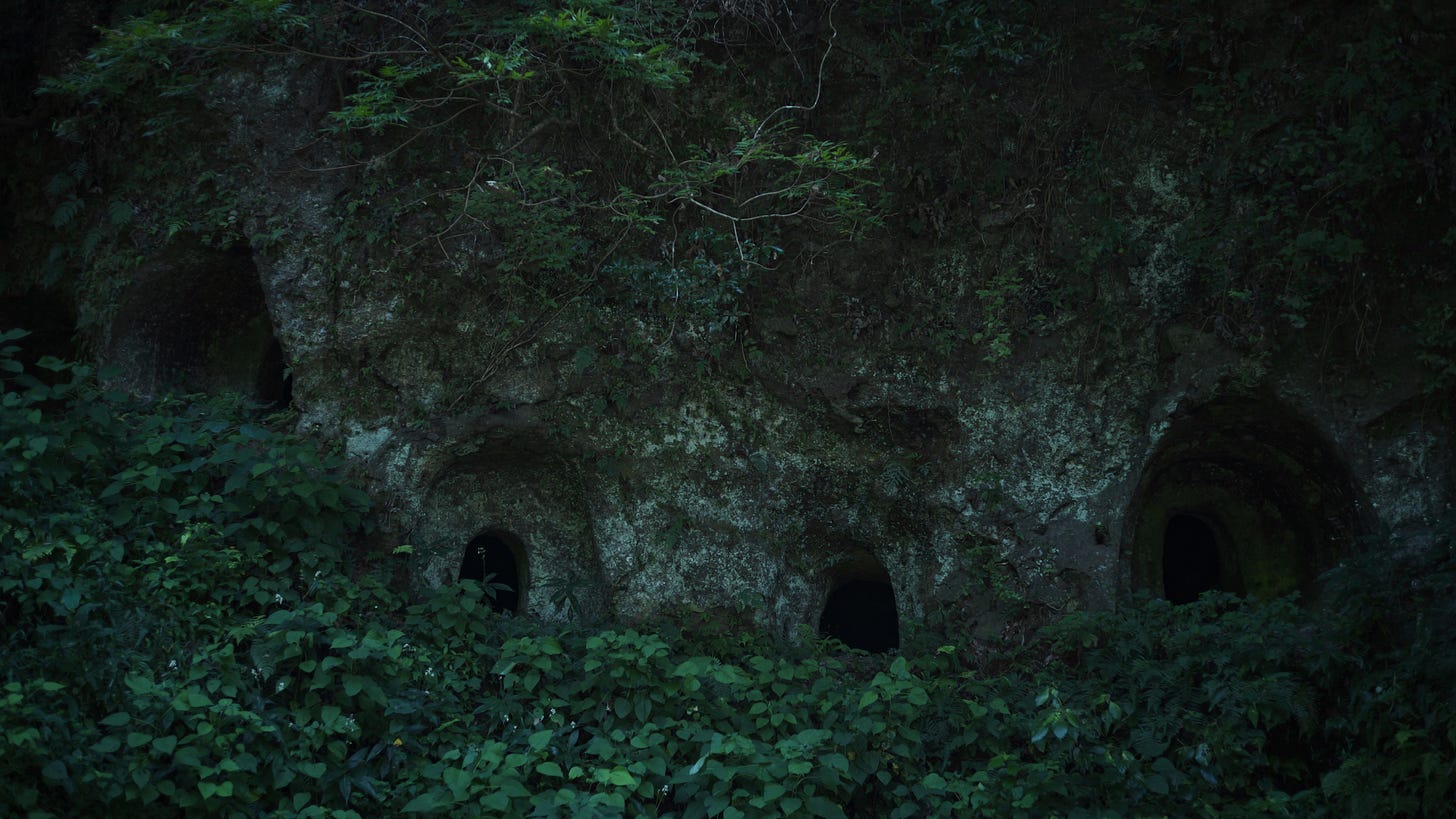Today, I traveled through Yamaga City in Kumamoto Prefecture. Yamaga is a minor region almost unknown even among Japanese people, yet for those interested in archaeology and ancient Japanese history, it is a remarkable place. Situated in the fertile basin of the Kikuchi River and surrounded by hills, the area gradually became inhabited from the Paleolithic period, with communities forming and evolving uniquely over time. At the same time, this area was affected by volcanic activity from Mount Aso, so the cultural developments of the Jomon and Yayoi periods flourished not here but rather in the northern coastal regions, such as the Ito-koku and Matsuro-koku, and around the Yoshinogari site. For this reason, Yamaga has not received much attention.
However, when large groups of newcomers of mainly East Asian origin arrived and destroyed Yoshinogari, a profound transformation occurred in Kyushu, the frontline of the Japanese archipelago. These new people, who later gave rise to what we now call the Kofun period, were entirely different from the earlier populations. Armed with iron weapons, advancing by land and bringing horses equipped with iron gear by ship, they left the indigenous Jomon and Yayoi peoples powerless. As a result, instead of the northern coastal areas that became fierce battlegrounds, regions such as Yamaga emerged as centers of development.



